- Joined
- Mar 29, 2016
- Messages
- 14,857
- Reaction score
- 8,311
- Can others edit my Photos
- Photos NOT OK to edit
There was a comment in another thread that led me to do a little experimenting with my camera. I discovered that when using camera spot meter, if I center the meter, I'm still about 1 to 1-1/2 stops short of a full exposure when viewing the histogram.
Do others experience this? Do you compensate by overexposing according to the meter, or do you adjust it post? Theory behind your choice?
Do others experience this? Do you compensate by overexposing according to the meter, or do you adjust it post? Theory behind your choice?



![[No title]](/data/xfmg/thumbnail/42/42021-ffc326f5dc5b4c65ce53935e6e9e4338.jpg?1619739980)
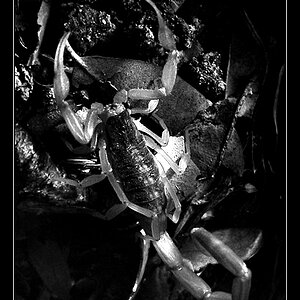
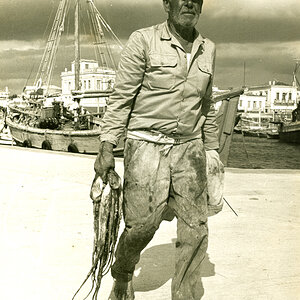
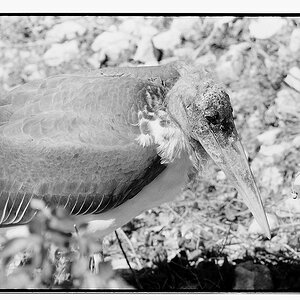
![[No title]](/data/xfmg/thumbnail/42/42019-e6f4e7422d2f8ec66dade714c8b21766.jpg?1619739979)
![[No title]](/data/xfmg/thumbnail/39/39438-1eb8b5f82b59d9d0c72ae9025778ed4c.jpg?1619739032)
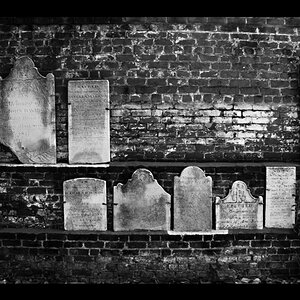
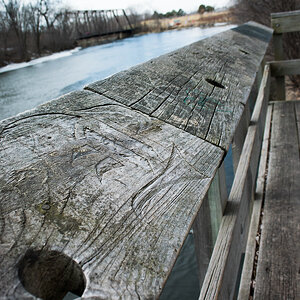

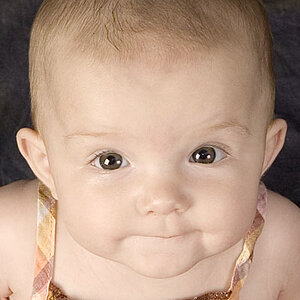
![[No title]](/data/xfmg/thumbnail/30/30885-2764c7a15a288ed06f3903d3a2756832.jpg?1619734497)